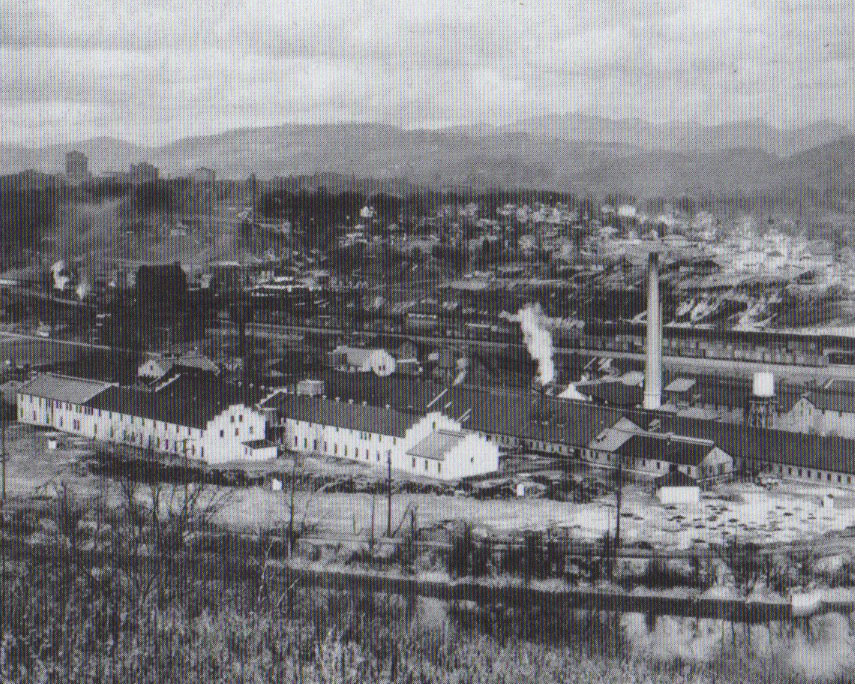OUR STORY
Today, Riverview Station is home to dozens of artists and small business owners. But it did not become a creative haven on its own.
Riverview Station is an extension of its owners, Helaine Greene and her sister, Trudy Gould. It’s a reflection of their passion for this community. It’s a business built on the principles of integrity and customer service. And it’s the result of an evolution in the business they shared together in this very place, years ago.
But before it was Riverview Station, this location had a long and fascinating industrial past. Come with us as we explore the unique history of this special place and the story of two sisters who brought it back to life.
An Industrial Past
Our building was constructed in 1902 and originally housed the Hans Rees Tannery, which produced leather belts for industry and factories. One of the largest tanneries in the country at the time, its’ operation comprised both our lot and an additional property that reached east to the rail yard.
In 1955, Ness Brothers, Inc., purchased the building and operated Ness Disposables, which reprocessed textile remnants for sale. If you look carefully, you can still see the “Ness” brand on the front of our northernmost building.
The following year, Mr. Charles Day, Sr., of Day Tobacco purchased the rest of the old Hans Rees Tannery east of our property, tore down most of the old tannery buildings, and replaced them with tobacco warehouses, making our building one of the last remaining vestiges of the original 1902 construction.
From the mid-1960s to 80s, various textile companies leased the site and manufactured blankets, both spinning and weaving. Others made disposable surgical gowns, masks, washcloths and sheets from nonwoven fabrics. In 1978, B&F Slosman acquired the property. Benson Slosman operated Biltmore Village Carpets in part of the building.

The “Candle Ladies” Move In

In the 1980s, across town, sisters Helaine Greene and Trudy Gould were running a charming little retail shop on Tunnel Road that sold candles and other gifts. They began crafting some candles of their own, and soon had a thriving business called Candle Station. In short order, their candle-making venture outgrew the small retail store.
Looking for a larger space, Helaine and Trudy learned that the Slosmans’ building was available. In 1990, they moved the manufacturing side of the candle business in, renting 7,000 square feet of production and office space.
The building was in rough shape — boarded up windows, barbed wire fencing all around the lot — and mostly vacant. But it was a great warehouse space for a growing business. As sales increased, Candle Station was able to expand into other parts of the building; by 1996, it inhabited 40,000 square feet. At its’ height of production, the business had 50 employees, 250 sales reps, and international distribution.
From Candle Station to Riverview Station
Witnessing Candle Station’s rapid growth, the Slosmans asked Helaine and Trudy if they’d like to purchase the building, which they did in 1996. The sisters were still focused on their candle business, but more and more people approached them to ask about renting space.
In 2004, after 20 years in the candle business, Helaine and Trudy decided to sell the Candle Station brand to pursue other interests — including managing their historic property. They named the building Riverview Station, in honor of its’ riverfront location, and undertook renovations and upgrades to welcome a wide variety of artistic and entrepreneurial tenants. The Station became one of the pioneering properties of Asheville’s blossoming River Arts District.

Riverview Station Today
Today, Helaine and Trudy maintain co-ownership of Riverview Station, and Helaine manages the property. The sisters consider their tenants to be part of one large, extended family, and invite you to experience the creative community they’ve worked so hard to cultivate and grow.